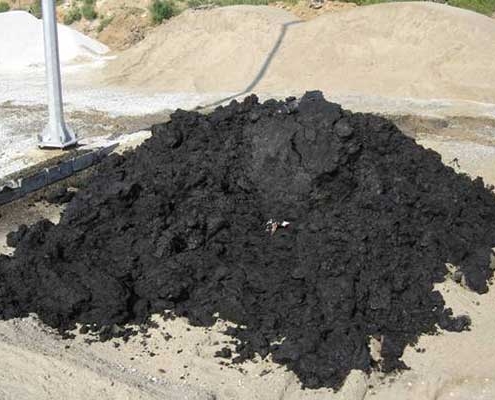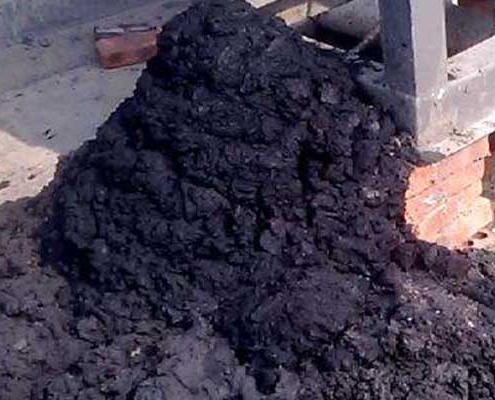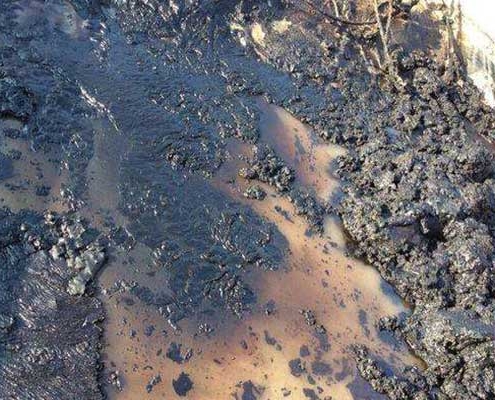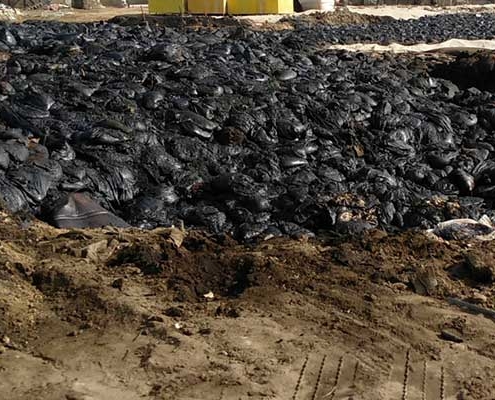Oil sludge solutions
INTRODUCTION
Oil sludge is the largest waste produced by the petroleum industry during exploration, mining and gathering. It is generally divided into oil sludge produced by oil fields and oil sludge produced by the petrochemical industry (mainly refineries). The oil sludge in the oil field includes the oil sludge that is produced during the oilfield development process, the oil sludge at the bottom of the tank during the production operation of the joint station, and the oil sludge generated during the operation of the sewage station. These wastes have high oil content but cannot be directly used or effluxed. They are piled up in the air or buried underground. This not only pollutes the environment, but also causes a lot of waste of resources. The oil sludge in the oilfield has been classified as dangerous solid waste (HW08) and has been included in the crisis. One of the main pollutants produced during the transportation process, with the development of tertiary oil recovery. The sludge production is becoming more and more serious.
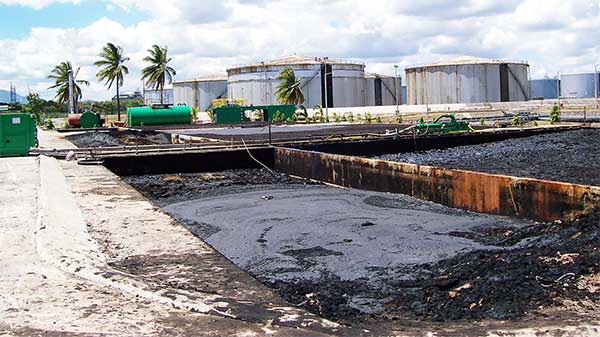
Harm
With the development of the petroleum industry, the production of oil sludge is increasing. The oil content in oil sludge is generally 10 to 50%. The oil sludge is bulky. If it is not treated directly, it will not only occupy a large amount of cultivated land, but also be accompanied by malodorous gas, which will cause pollution to surrounding soil, water and air. The sludge contains a large number of pathogenic bacteria, parasites, metals such as copper, zinc, chromium, mercury, salts, and toxic and hazardous substances that are difficult to degrade such as polychlorinated biphenyls, dioxins, and radionuclides. These sludges are scattered in the earth oil pool or buried, which seriously pollutes the environment, affects clean production, and causes waste of resources. Considering the economic benefits, if it is treated and recycled, it can not only improve the environment, but also benefit the human beings.

